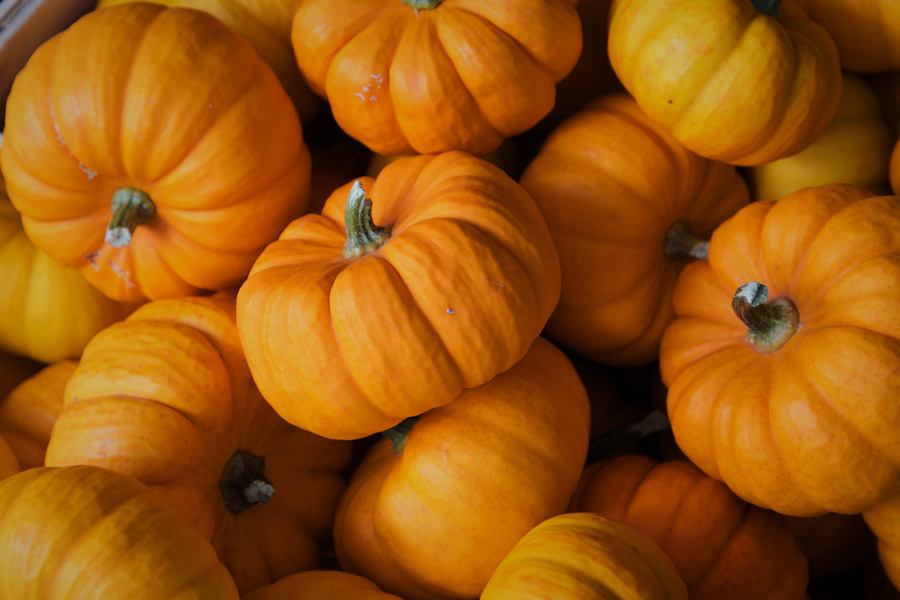Abstract
In Japanese agriculture, fruit vegetables like cucumbers and pumpkins are key components of domestic production and imports. In 2022, cucumbers led domestic production with 255 kt, highlighting their prominence in local farming. However, imports play a significant role in the market, particularly for pumpkins, which accounted for the largest imported volume at 44.7 kt and a notable 39.9% import proportion. This reflects a growing reliance on imports for pumpkins, often due to demand exceeding domestic supply and cost advantages of overseas production. Over the years, trends show stable domestic cucumber output, while imported pumpkins cater to increasing consumer preferences for diverse availability and competitive pricing.
Domestic production of fruit and vegetables
Cucumbers, a key fruit vegetable in Japanese agriculture, peaked in production at 463 kt in 2004. However, by 2022, production has declined to 55.1% of this peak. This downward trend reflects broader shifts in Japan’s agricultural landscape, including aging farmers, reduced farmland, and changing consumer preferences. Despite the decline, cucumbers remain a staple due to their adaptability to controlled-environment farming and consistent demand in both fresh and processed forms. Efforts to stabilize production focus on technological advancements and regional branding. The trend underscores challenges in sustaining high production volumes while maintaining quality and market competitiveness.


The maximum is 463kt[2004] of Cucumber, and the current value is about 55.1%
Import quantity of fruit and vegetables
In Japanese agriculture, pumpkin imports dominate the vegetable import market, with the latest data for 2022 showing a total volume of 105 kt, the highest among imported vegetables. This highlights pumpkins’ central role in meeting domestic demand, driven by their versatility and year-round availability. Imports have steadily increased over the years, reflecting a reliance on cost-efficient overseas production, particularly from countries like New Zealand and Mexico. By prefecture, regions with high consumption or processing industries show significant demand. This trend underscores the growing importance of imports in balancing domestic supply shortages while catering to consumer preferences for stable prices and consistent quality.


The maximum is 105kt[2005] of Pumpkin, and the current value is about 42.6%
Imported (proportion) quantity of fruit vegetables
In Japanese agriculture, pumpkins stand out for their high import proportion among fruit vegetables. The peak was recorded in 2016, with imports comprising 52.1% of the market. By 2022, this proportion declined slightly to 76.6% of the peak, reflecting a moderated but sustained reliance on imports. The trend highlights the steady demand for pumpkins, driven by their versatility and stable pricing. While domestic production faces challenges like aging farmers and limited farmland, imports, primarily from countries like New Zealand, fill the gap efficiently. This reliance illustrates a broader trend of balancing domestic shortfalls with cost-effective, high-quality imports to meet consumer needs.今のところ、この会話は役に立ちましたか?


The maximum is 52.1%[2016] of Pumpkin, and the current value is about 76.6%



Comments